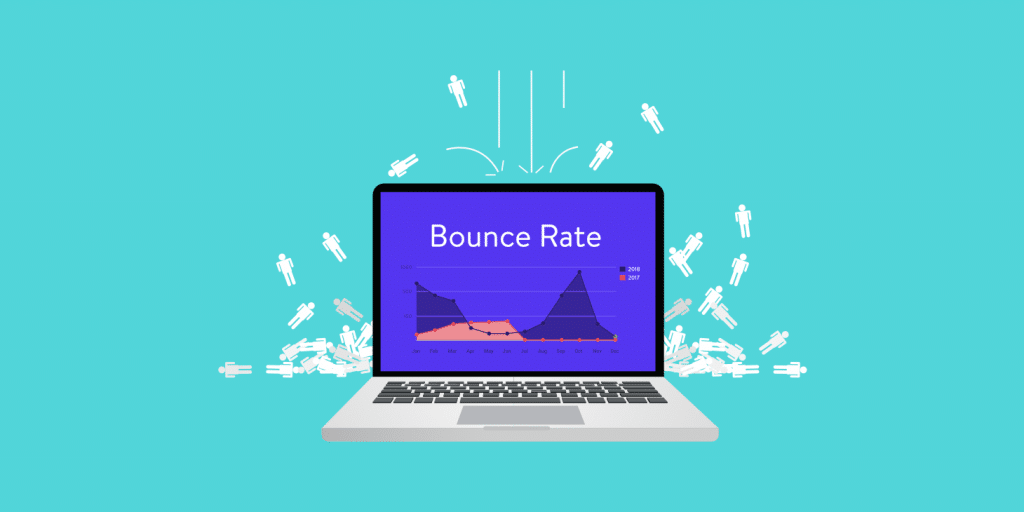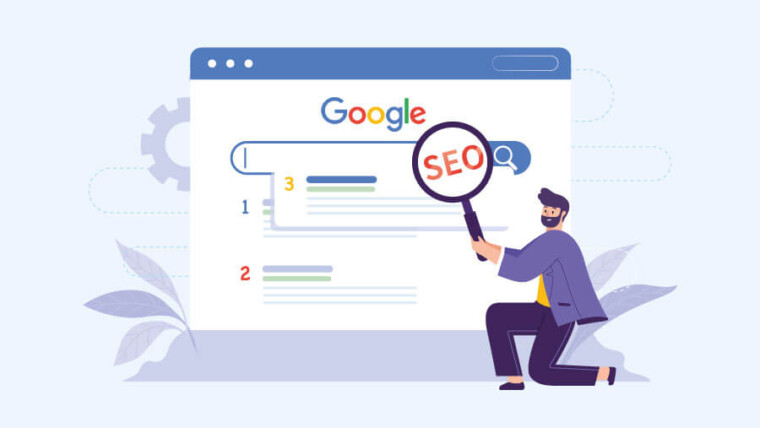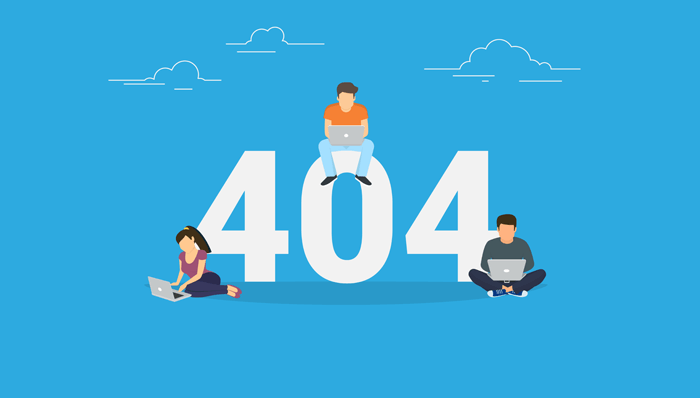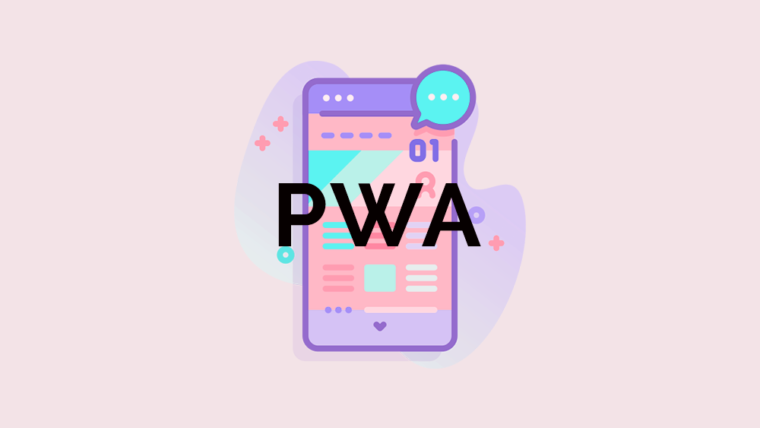Bounce rate is a metric used in web analytics to measure the percentage of visitors who leave a website after only viewing a single page. It is often used to indicate the quality and relevance of a website’s content, as a high bounce rate may indicate that visitors are not finding what they are looking for or that the content is not engaging enough to keep them on the site.
Improving bounce rate can help increase the number of engaged visitors
Drive more traffic to your site, and boost your website’s overall performance. Here are some ways to quickly improve your website’s bounce rate:
- Improve your website’s loading speed: Slow-loading websites are a major turn-off for visitors, and a slow-loading page is one of the most common reasons for high bounce rates. Use tools like GTmetrix and Google PageSpeed Insights to identify areas of improvement and optimize your site’s load times.
- Make your website more visually appealing: Visitors are more likely to engage with a site that looks good and is easy to navigate. Invest in high-quality images and graphics, and choose a clean, professional design that’s easy to use.
- Make your website easy to navigate: Visitors should be able to find what they’re looking for quickly and easily. Use clear headings, simple navigation menus, and an intuitive layout to make it easy for visitors to find the content they need.
- Provide valuable, relevant content: Visitors are more likely to stick around if they find the content on your site useful and relevant. Make sure that your content is well-written, well-researched, and tailored to your target audience.
- Offer calls to action: Encourage visitors to take action by offering calls to action (CTAs) throughout your site. CTAs could be anything from signing up for your newsletter to making a purchase.
- Optimize your website for mobile devices: More and more people are using mobile devices to access the internet, so it’s important to make sure that your site is optimized for mobile. Use responsive design techniques to ensure that your site looks good on all devices, and make sure that all of your pages load quickly on mobile devices.
- Personalize your website’s content: Visitors are more likely to engage with your site if they feel that the content is relevant to their needs and interests. Use personalization techniques like dynamic content and targeted ads to deliver personalized experiences to your visitors.
- Make your website easy to read: Visitors are more likely to stick around if the content on your site is easy to read and understand. Use clear, concise language, and break up your text into small, manageable chunks.
- Use internal linking: Internal linking can help visitors find related content on your site and keep them engaged. Make sure to link to other pages on your site whenever it makes sense, and use clear, descriptive anchor text to help visitors understand what each link is about.
- Monitor your website’s analytics: Regularly monitoring your website’s analytics can help you identify areas for improvement and track your progress over time. Use tools like Google Analytics to track key metrics like bounce rate, pageviews, and time on site, and use this data to make informed decisions about how to improve your site’s performance.
In conclusion, bounce rate is an important metric that can help you understand how well your website is performing.
By improving your site’s loading speed, making it visually appealing, offering valuable content, and using other techniques, you can reduce your bounce rate and keep visitors engaged. Regular monitoring and testing can help you fine-tune your approach and make continuous improvements over time.








15 Best WordPress SEO Plugins and Tools for 2024
9 Best Free WordPress Plugins for eCommerce Sites
What is Progressive Web App (PWA)?
What is a Backlink?